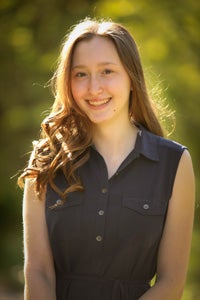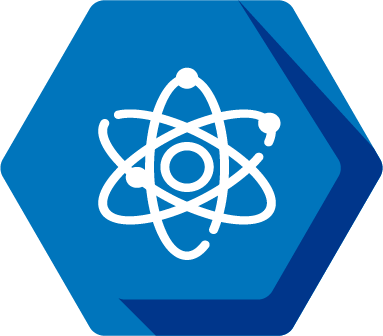Samantha Kasbohm

Pronouns: she/her/hers
Research Mentor(s): Lia Corrales, Assistant Professor
Research Mentor School/College/Department: Astronomy, College of Literature, Science, and the Arts
Presentation Date: Thursday, April 22, 2021
Session: Session 5 (3pm-3:50pm)
Breakout Room: Room 15
Presenter: 3
Abstract
An X-ray dust scattering halo occurs when a large amount of dust gathers between Earth and a bright X-ray source. As the light from the source travels through space, it scatters when it hits the interstellar dust, allowing us to study the dust (Heinz). Several different types of dust echoes can be observed, including constant dust scattering halos, variable dust scattering halos, and X-ray ring echoes. Constant dust scattering halos are easy to see, while X-ray ring echoes are rare and bring with them an abundance of data (Heinz). This is because X-ray rings “require short, bright flares of the source followed by quick dimming” to be seen, while constant dust scattering halos need a thick sheet of dust between Earth and them to form (Heinz). Unfortunately, it is rare to see these dust echo rings with the current technology and satellites in orbit. But the telescope Athena will be launched in 2030 and will allow for 30 times more observations than the latest telescope, Chandra (Corrales 2019). Corrales et al. determined how powerful Athena will be by studying past dust echoes and the outbursts that created them with MAXI data (Corrales 2019). For my UROP project, I compiled a spreadsheet of X-ray Targets and data about them. This information will be useful for Dr. Corrales’s research group and will serve as a valuable reference while continuing their work on dust-echo tomography. Works Cited Corrales L., Mills B., Heinz S., Williger G., 2019, “˜The X-Ray Variable Sky as Seen by MAXI: The Future of Dust-echo Tomography with Bright Galactic X-Ray Bursts’ The Astrophysical Journal 874:155 Heinz S., Corrales L., “˜X-ray Dust Tomography: the New Frontier in Galactic Exploration’ CXC Newsletter
Authors: Samantha Kasbohm, Lia Corrales
Research Method: Computer Programming






